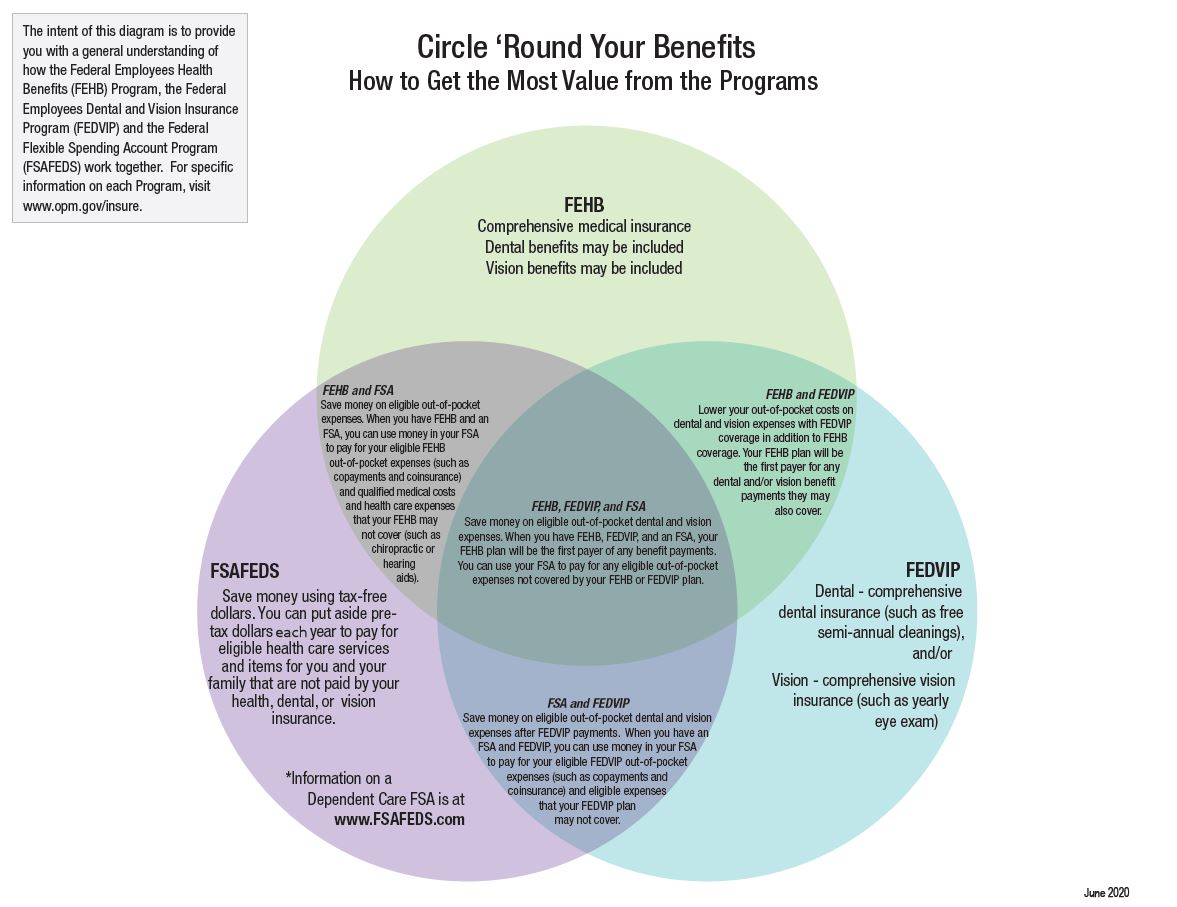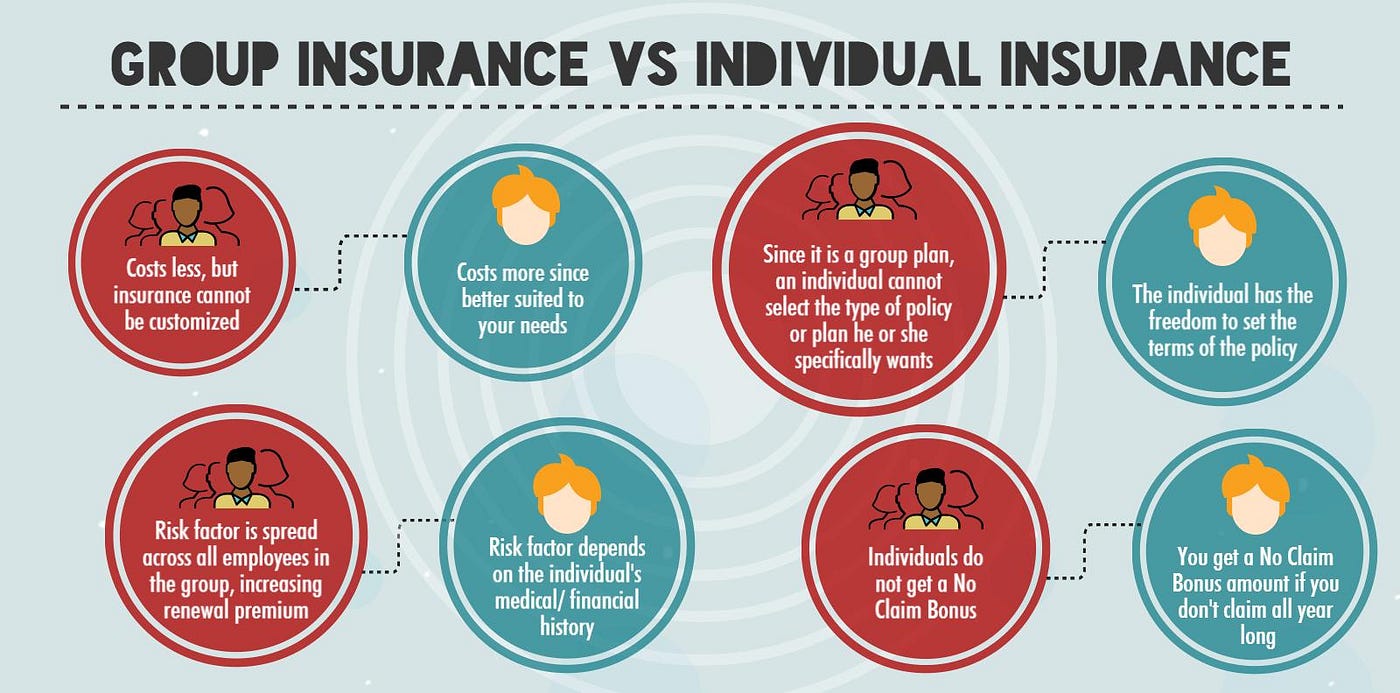Everything about Medicare Advantage Agent
Everything about Medicare Advantage Agent
Blog Article
The Medicare Advantage Agent Diaries
Table of ContentsThe Buzz on Medicare Advantage AgentThe Definitive Guide to Medicare Advantage AgentMedicare Advantage Agent for Beginners

complies with from puzzling the relatively young age account of the uninsured with the far better wellness, generally, of younger individuals. This covers the web link between health and wellness condition and medical insurance. For those without access to workplace medical insurance, inadequate health and wellness is a possible obstacle to buying nongroup coverage since such protection might be extremely valued, leave out preexisting problems, or be simply not available. The variety of uninsured Americans is not particularly huge and has not altered in the last few years. 7 out of ten participants in a country wide depictive survey believed that fewer Americans lacked health and wellness insurance coverage than really do(Fronstin, 1998). Roughly fifty percent(47 percent )believed that the variety of individuals without wellness insurance lowered or remained continuous over the last half of the last decade(Blendon et al., 1999). This decrease of nearly 2 million in the number of people 'without insurance coverage (a decrease
of about 4 percent)is absolutely a favorable adjustment. With a softer economy in 2000 the most up to date reported gains in insurance policy protection may not continue(Fronstin, 2001 ). The decline in the variety of without insurance will not continue if the economic situation continues to be slow and healthcare prices remain to outpace inflation. This is since the data were collected for a period of strong why not find out more financial efficiency. Of the estimated 42 million individuals that were without insurance, just about concerning 420,000(concerning 1 percent)were under 65 years old, the age at which most Americans become eligible for Medicare; 32 million were grownups in between ages 18 and 65, about 19 percent of all grownups in this age group; and 10 million were kids under 18 years old, regarding 13.9 percent of all youngsters (Mills, 2000). These quotes of the number of persons without insurance are created from the yearly March Supplement to the Current Population Study (CPS), carried out by the Census Bureau. Unless otherwise noted, nationwide price quotes of people without health and wellness insurance coverage and percentages of the population with different sort of protection are based on the CPS, the most commonly used source of estimates of insurance policy protection and uninsurance prices. These surveys and the estimates they generate are described briefly in Table B. 1 in Appendix B - Medicare Advantage Agent. These surveys differ in size and tasting techniques, the concerns that are asked about insurance policy
See This Report on Medicare Advantage Agent
protection, and the moment duration over which insurance coverage or uninsurance is measured(Lewis et al., 1998, Fronstin, 2000a ). Still, the CPS is specifically valuable since it creates yearly estimates reasonably rapidly, reporting the previous year's insurance policy coverage estimates each September, and because it is the basis for a constant collection of price quotes for greater than two decades, allowing for analysis of patterns in coverage gradually.

The Definitive Guide to Medicare Advantage Agent
The partnership between health insurance policy and accessibility to care is well established, as documented later on in this chapter. The partnership between wellness insurance and wellness end results is neither straight neither simple, a considerable scientific and wellness services research study literary works links look these up health and wellness insurance policy protection
to improved access accessibility care, better qualityHigh quality and improved enhanced individual population health health and wellnessStanding The second record, on individual wellness outcomes for uninsured adults, is represented by the inner circle of the number, while the third report, on household health, encompasses the subjects of the second record yet emphasizes a different system of evaluation, particularly, the family.
The independent and straight impact of health and wellness
insurance insurance policy on access accessibility health wellness solutions well establishedDeveloped For still others, wellness insurance policy alone does not make sure invoice of treatment due to the fact that of various other nonfinancial obstacles, such as an absence of health care carriers in their area, limited access to transport, illiteracy, or linguistic and social differences. A change in insurance costs or terms, as well as adjustments in revenue, health, marital status, terms of work, or public policies, can trigger a loss or gain of health insurance policy protection.
Report this page